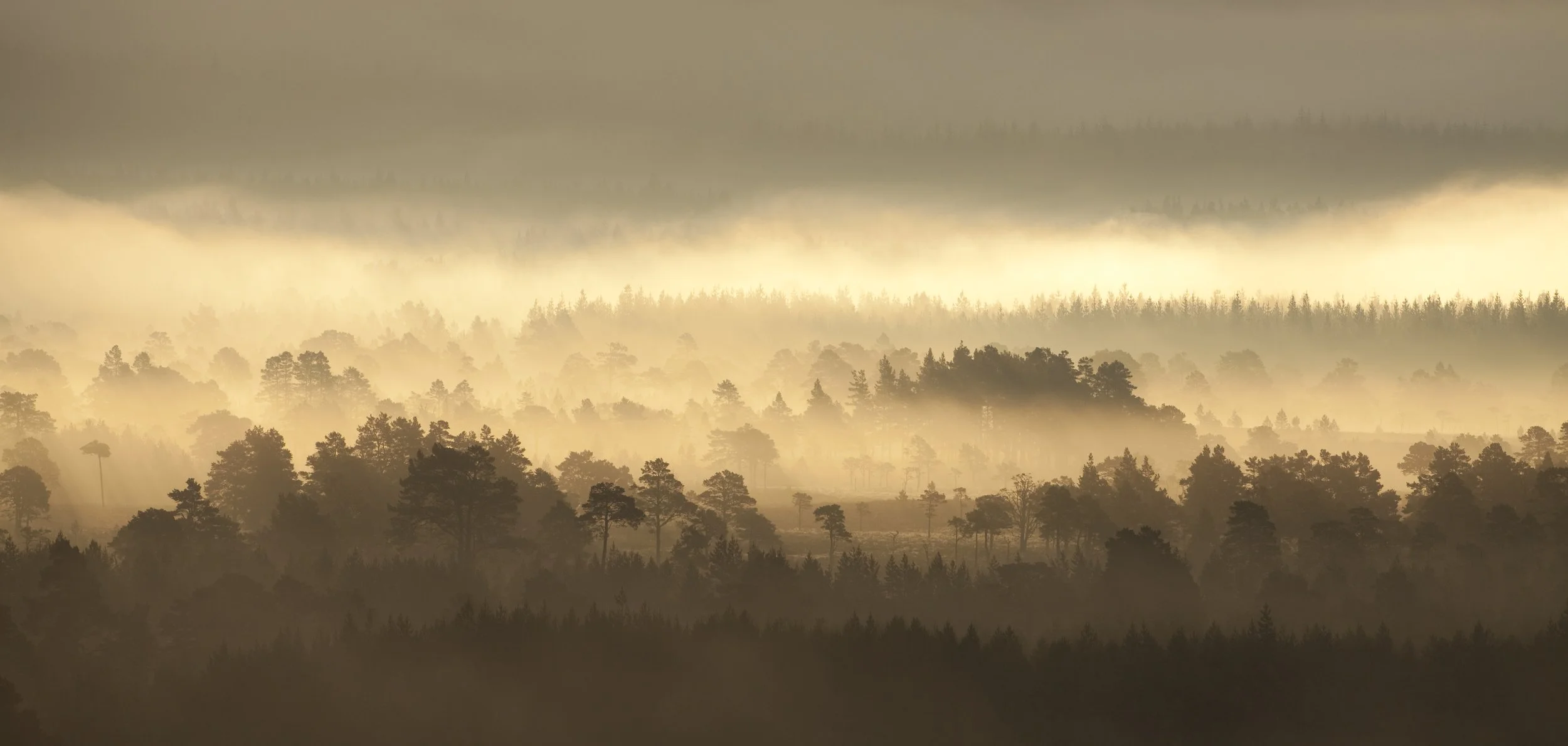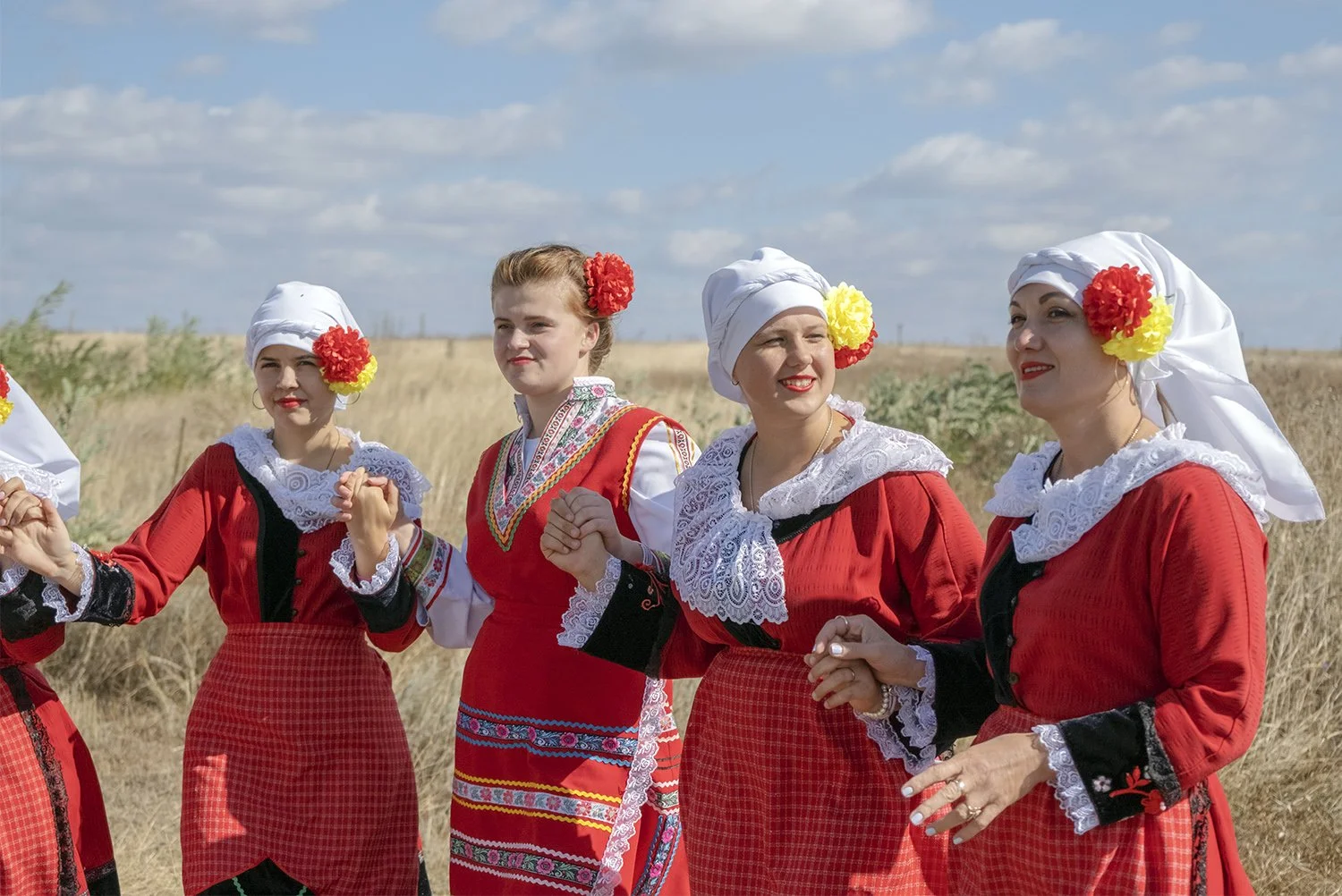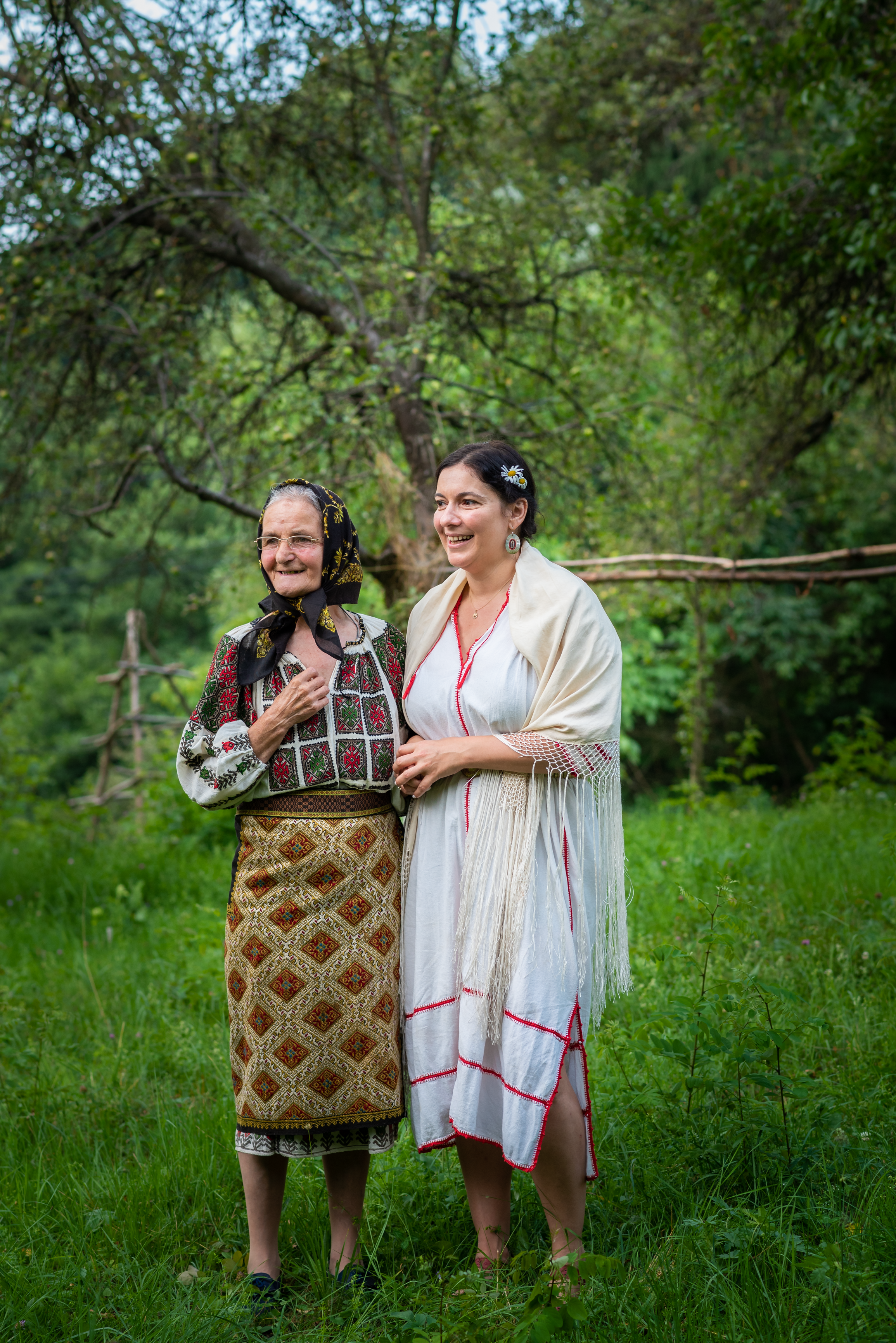
Inspiring action by sharing positive stories
Projects supported by the Endangered Landscapes & Seascapes Programme are a powerful showcase of the impact large-scale ecosystem restoration can have. We share stories from our projects that connect with diverse audiences, rekindling hope and belief in positive environmental change and communicate the evidence generated by projects to demonstrate impact. The arts and cultural practice provide a compelling route into understanding how people are connected to landscapes and seascapes. Endangered Landscapes Artist Residencies support artists, musicians and writers to create, collaborate and inspire new ways of engaging communities and celebrate the distinctiveness of landscapes funded by the ELSP.
In 2023 we extended four artist residencies (extensions completed December 2023) and initiated two new residencies in Bulgaria and Finland. Our current artists each created a short film outlining their project and the role of arts for landscape restoration.
Artist Robbie Synge and writers Elizabeth Reeder and Amanda Thomson, collaborated with ecologists, volunteers and schoolchildren on a range of photography, sensory, and writing workshops to explore Abernethy Forest with Cairngorms Connect. With local residents, they produced ‘A Commonplace Book’ a composite of writing, documents, and images that represent life, landscape and companionship in the Cairngorms in 2023. Working closely with communities in the Greater Côa Valley, ecological artist Antony Lyons, and archaeologist Bárbara Carvalho produced and presented Wild Côa Symphony at the CÔA Arts Festival with Rewilding Portugal. Georgian photographer Natela Grigalashvili has been researching how the Iori River Valley landscape and its local communities interact through history, nature, and the contemporary issues they face through travelling with nomad shepherds and capturing their daily lives through the different seasons. Romanian born musician Nico de Transilvania performed to a wide audience at Făgăraș Fest, a festival celebrating traditions and new eco-enterprises in the Carpathian Mountains.
By engaging communities in the process, these creative projects have revived a sense of pride for the people who live and work within the landscapes and seascapes, raising the profile and awareness of the positive opportunities that conservation brings. The trust that the communities have shown the artists is evident in the artworks produced. Community members have allowed artists into their homes to take portraits, gifted personal objects for performances and displays, and supported events in large numbers.
Through innovative and immersive experiences, the residencies have provided spaces of contemplation for participants, supporting local communities to view the changing landscape as a place of healing and repair. With creativity, imagination and curiosity, they have helped connect people, young and old, with ecological processes, inspired new visions and ways of working together which is vital for a more sustainable future.
“As artists we have the power to engage people, also to inspire and create a sense of hope especially in these times of climate crisis. Being able to tell the story of a landscape, which is what I think I’ve done in the Carpathian Mountains, is an important message because people don’t really understand what is going on, and don’t get to see the people who live in these landscapes or hear their stories. These communities are the guardians of their forest and landscapes, and understand better than anyone what it means to live here.”
Nico de Transilvania, Carpathian Mountains artist in residence
Natela Grigalashvili, Iori River Valley
Photographer Natela Grigalashvili has been researching how the Iori River Valley landscape and its local communities interact through history, nature, and the contemporary issues they face. In close collaboration with SABUKO, Natela’s work has been exploring how issues, like the degradation of pastures through overgrazing and the restoration of the floodplain gallery forests, present both challenges and opportunities. “I think that art has the ability to cause positive changes in solving existing social, political and ecological issues. Art can raise awareness and can direct the attention towards these problems of those people who are responsible and in charge of solving them” explains Natela. With these background dialogues, she has been documenting the landscape and its people throughout the seasons, often finding new ways of formatting her work, from panoramas to capture the landscape to intimate portraits of nomadic shepherds as well as rare plants. Through a touring exhibition of these photographs in 2023, Natela raised awareness of the beauty of the Iori Valley, revealing its interlinked cultural histories, and the importance of restoration to its long-term ecology.


